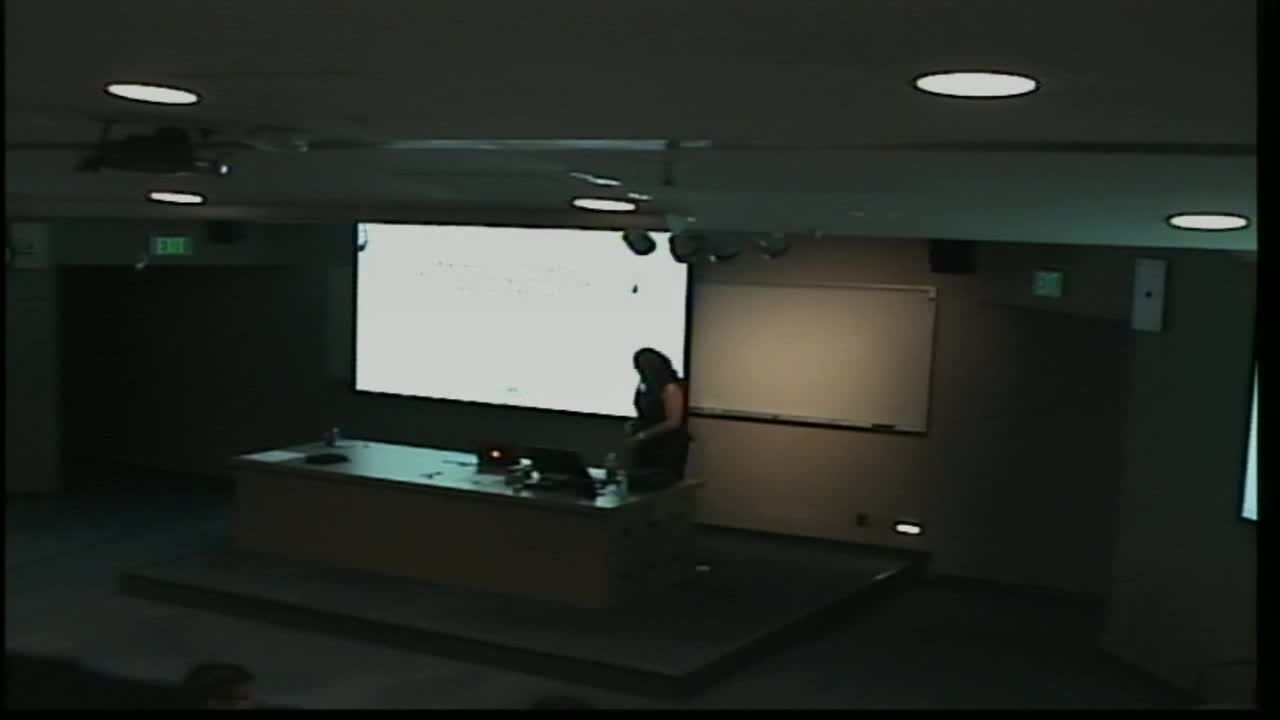An Introduction to Fluid-Solid Interaction in Blood Flow
Presenter
July 29, 2013
Keywords:
- Fluid-Solid interaction
MSC:
- 74F10
Abstract
Fluid-solid interaction (FSI) problems arise in many applications. They include multi-physics problems in engineering such as aeroelasticity and propeller turbines, as well as biofluidic application such as self-propulsion organisms, fluid-cell interactions, and the interaction between blood flow and cardiovascular tissue. A comprehensive study of these problems remains to be a challenge due to their strong nonlinearity and multi-physics nature. To make things worse, in many biological applications the solid is composed of several layers, each with different mechanical characteristics. This is, for example, the case with arterial walls whose physiology and pathophysiology are affected by their interaction with blood flow, and by the interaction between the different arterial wall layers. In this introductory lecture, the speaker will present an overview of the main problems in FSI in blood flow motivated by cardiovascular applications. Models for blood flow and arterial walls will be presented. The coupling between an incompressible, viscous fluid modeling blood flow, and an elastic/viscoelastic solid modeling arterial walls will be described. The geometric nonlinearities in the coupled problem will be discussed, and the reasons for the instabilities in the classical partitioned (loosely-coupled) FSI schemes will be explained. A new recent result showing that an effective boundary condition at the fluid-elastic solid interface in the blood flow application, is the slip-condition, will be discussed.
